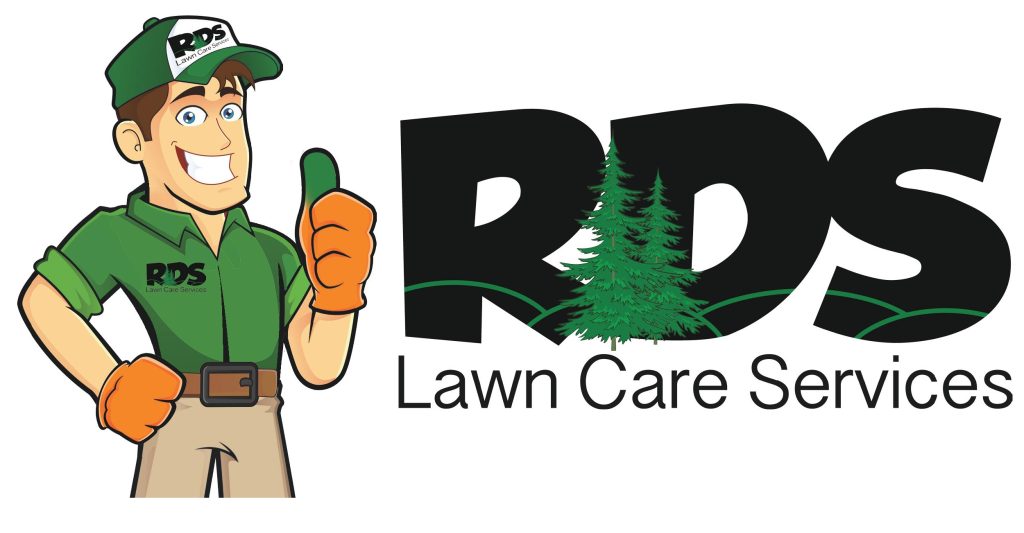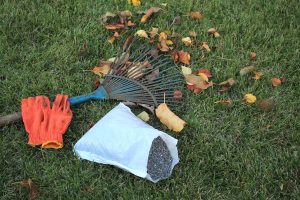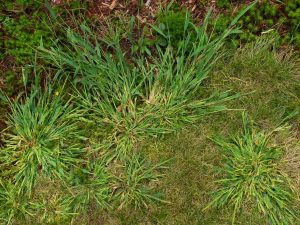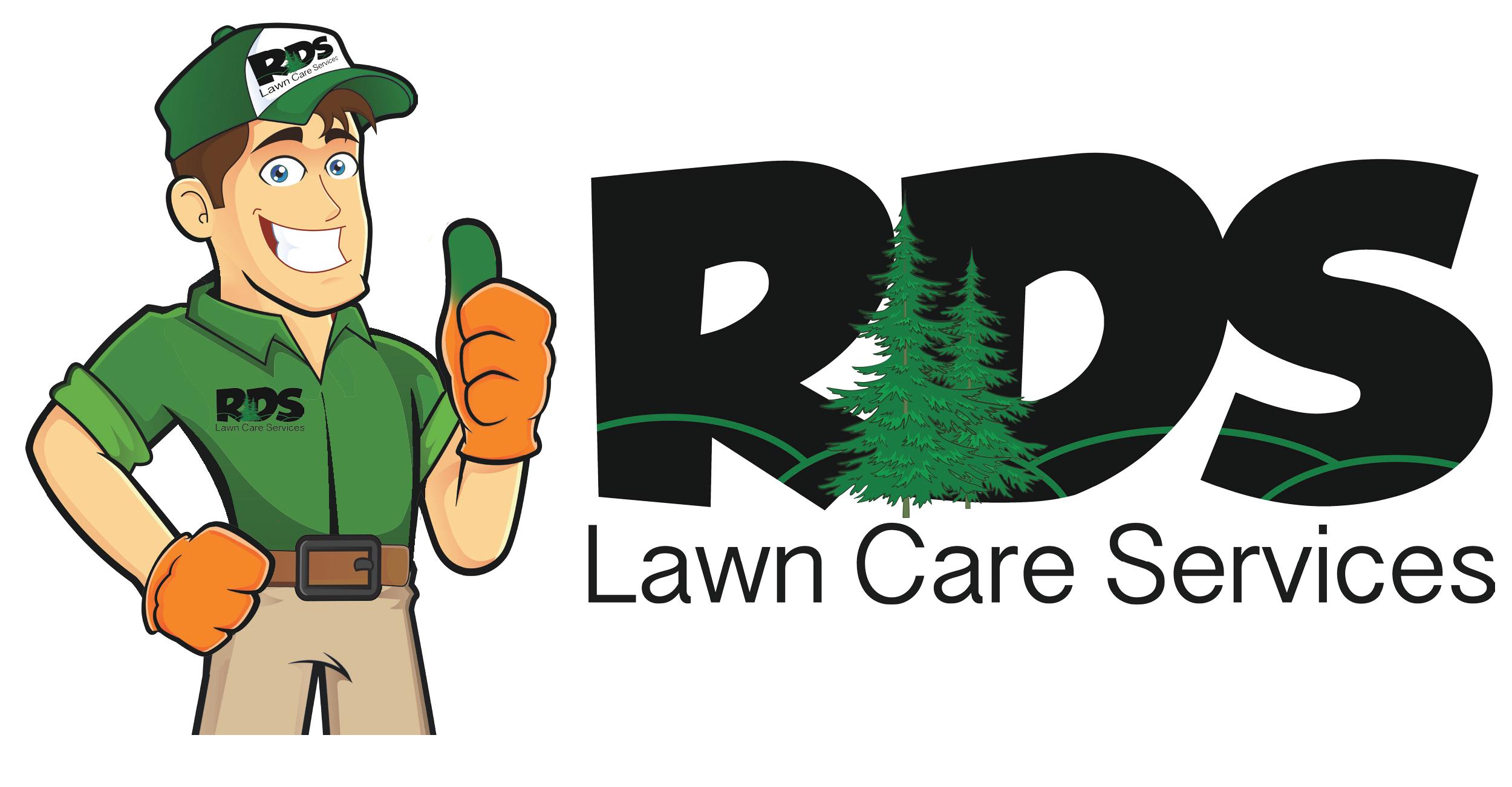
Aeration is an important step to take in any lawn care routine, but it is often overlooked or viewed as unnecessary. However, the truth is that aerating your lawn at the appropriate time can alleviate and prevent many issues that plague frustrated lawn care enthusiasts. Depending on your lawn’s grass type and condition, proper aeration will help you create the vibrant, lush grass you have always wanted.
What Is Aeration?
There are two main types of aeration—core aeration and liquid aeration. Though they are administered differently and are each suited for different turf conditions, both types of aeration have the ultimate goal of creating a healthier lawn that has better access to nutrients. By loosening your lawn’s soil through these two methods, your grass will be able to breathe and absorb water, air, sunlight, and vital nutrients, all of which will lead to a healthier lawn!
Core Aeration
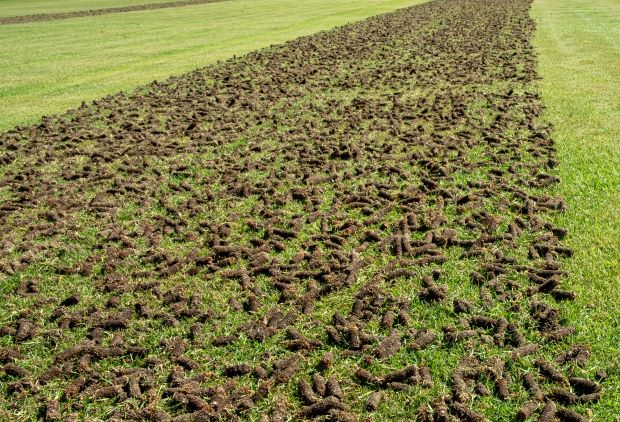
This method decompresses your lawn by removing small plugs of soil and thatch. Holes are left behind as the plugs are removed, and compacted soil will start to decompress and expand into the holes, creating a softer and healthier layer of soil. The newly decompressed lawn will then have better access to nutrients in the soil, as well as improved airflow and easier water absorption. This method should only be used on lawns that are severely struggling and have many patches of thinning or browning turf.
Liquid Aeration

This method of aeration also works to loosen your lawn’s soil, but it involves using a special liquid compound instead of directly punching holes into the ground. The main ingredient in most solutions, ammonium lauryl sulfate, is commonly found in hand soaps. This ingredient is highly effective at loosening soil, which gives your lawn access to the necessary nutrition. This method of aeration is best suited for lawns that are already 75% healthy and just need a little extra boost to become even more lush.
Benefits Of Aeration

Alleviating compacted soil, which is the main objective of aeration, leads to many amazing benefits that will improve the look and feel of your lawn. Once your lawn is decompressed and able to breathe, it will benefit in the following ways:
- Thicker and greener grass
- Deeper roots for your lawn
- Easier access to nutrients in the soil
- Easier absorption of fertilizers
- Improved air exchange
- Softer soil in your yard
- Removed plugs will decompose for added nutrients
- Less weeds as your grass starts to thrive
- Better drainage and less standing water
- Fewer lawn pests as drainage improves
- Less chance of fungal lawn disease
- Much, much more!
When Should I Aerate My Lawn?
The question of when to aerate your lawn basically comes down to two factors—the type of grass in your lawn and the condition of that grass. The time of year at which your lawn needs to be aerated depends on the type of grass you have, and the quality of your grass may also be letting you know that it is time to aerate. Below are some basic guidelines to help you recognize when to aerate in North Carolina.
Cool-Season Grasses
Winters in North Carolina can get pretty cold, which makes cool-season grass types a smart choice for our climate. Fescue and bluegrass are two popular choices when it comes to selecting a resilient grass that can tolerate colder temperatures. Grasses like these thrive as temperatures start to drop, so lawns with cool-season grasses should be aerated between September and October.
Warm-Season Grasses
For lawns that have warm-season grass types, the growing season typically begins in early spring as temperatures rise. St. Augustine grass and zoysia grass are popular warm-season grasses in the Carolinas, and they grow quickly between spring and summer. Aerating these grasses between May and July will give warm-season lawns the best possible chance to grow thick and strong.

Aerating too much can damage your turf, so it is best to aerate once per year during the applicable season (twice at maximum for severely compacted lawns). However, it is not always easy to determine whether your lawn needs to be aerated and/or what type of aeration is best. Remember, only lawns that are mostly healthy and well established should receive liquid aeration. Lawns that experience any of the following would likely benefit from core aeration:
- Thinning grass
- Dead or bare patches
- Hard soil
- Puddles and pooling water
- Excessive weed growth
- Presence of lawn pests
- Excessive foot traffic
- Consistent leaf/tree debris coverage
When To Aerate Bermuda Grass
Bermuda grass has become one of the most popular warm-season grasses across North Carolina lawns, but it is notorious for thinning out if the proper care is not taken. Bermuda grass requires a lot of direct sunlight in order to maintain its health. To ensure the best results, Bermuda grass should be aerated at the start of summer rather than earlier in spring. This will allow the soil and turf to breathe and expand, resulting in each individual grass blade getting the most sunlight possible.
Warm-season grasses, especially Bermuda grass, will not be receptive to aeration in fall. The arrival of cold temperatures signal to Bermuda grass that it is time to enter dormancy. Lawns that have gone dormant will not be able to benefit from any of the effects of aeration, rendering the aeration process useless if it is not performed in the appropriate season.
Don't Forget To Seed!
There is absolutely no better time to overseed your lawn than at the time of aeration. Softer, looser soil not only means improved nutritional intake, it also creates the perfect environment for seeds to fall deep enough into the soil to properly germinate. The improved water intake and access to sunlight provided by aeration are exactly what seeds need in order to take root.

RDS Lawn Care Services provides high-quality aeration to properties all over the Carolinas, and our seeding services are second to none! We have over 200 types of seeds that get lab-tested by NC State for quality and appearance. Laying seeds into core aeration holes, or even just on top of loosened soil, will provide the best results when aerating lawns in North Carolina.
